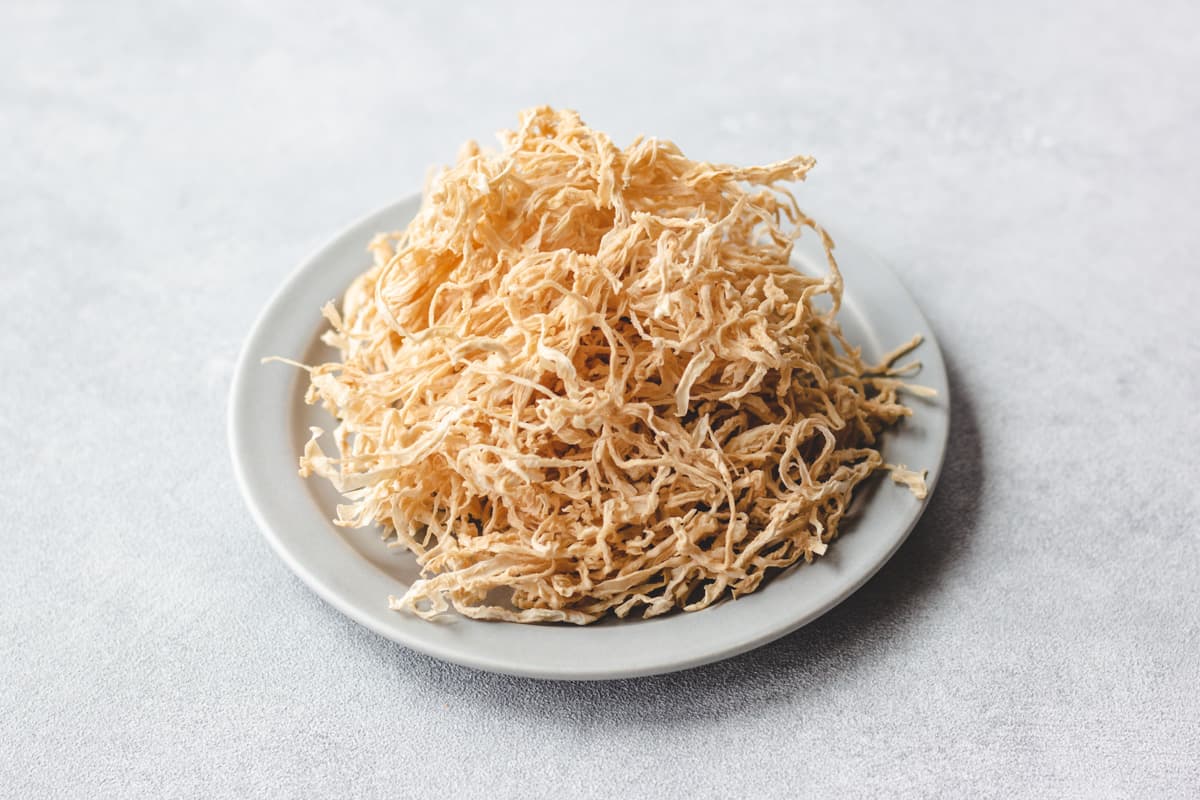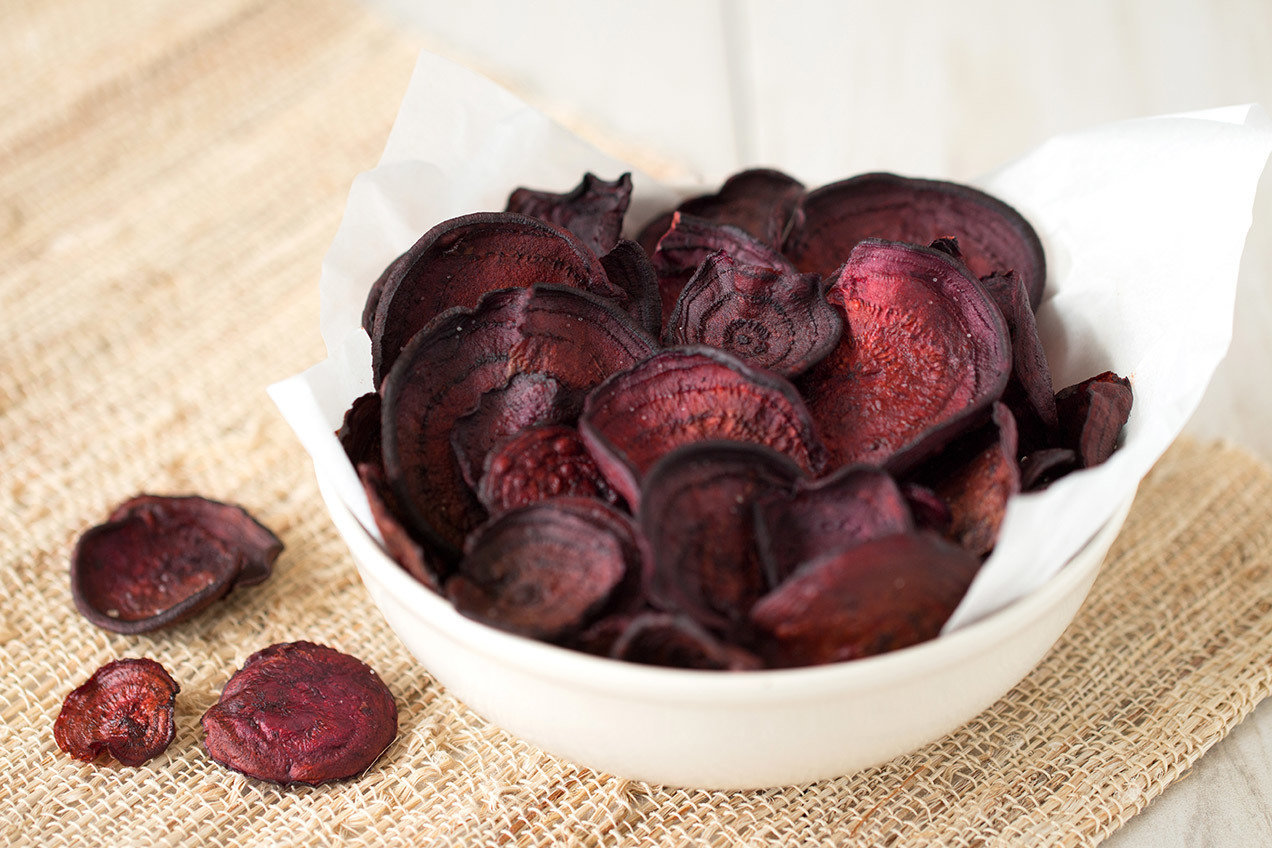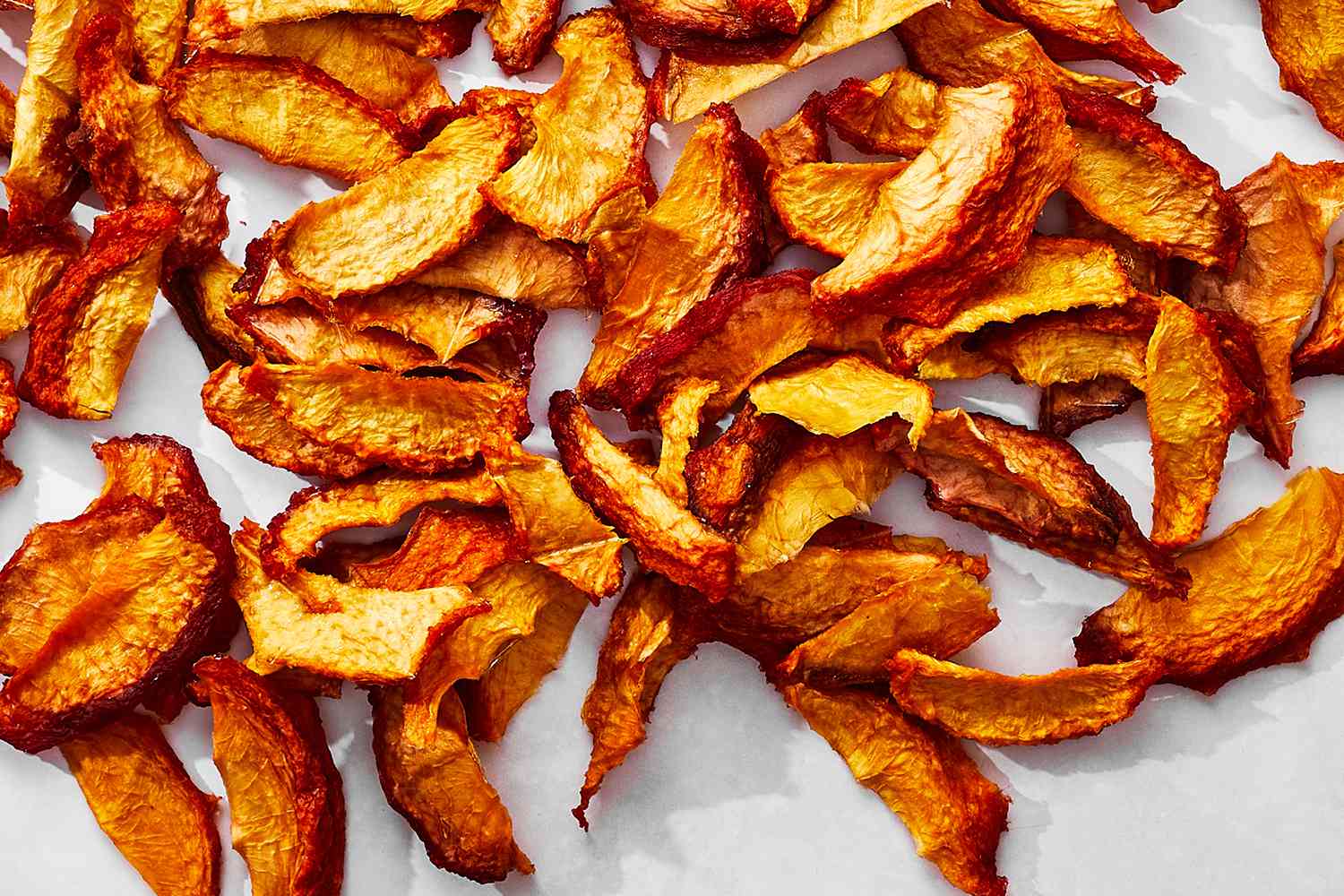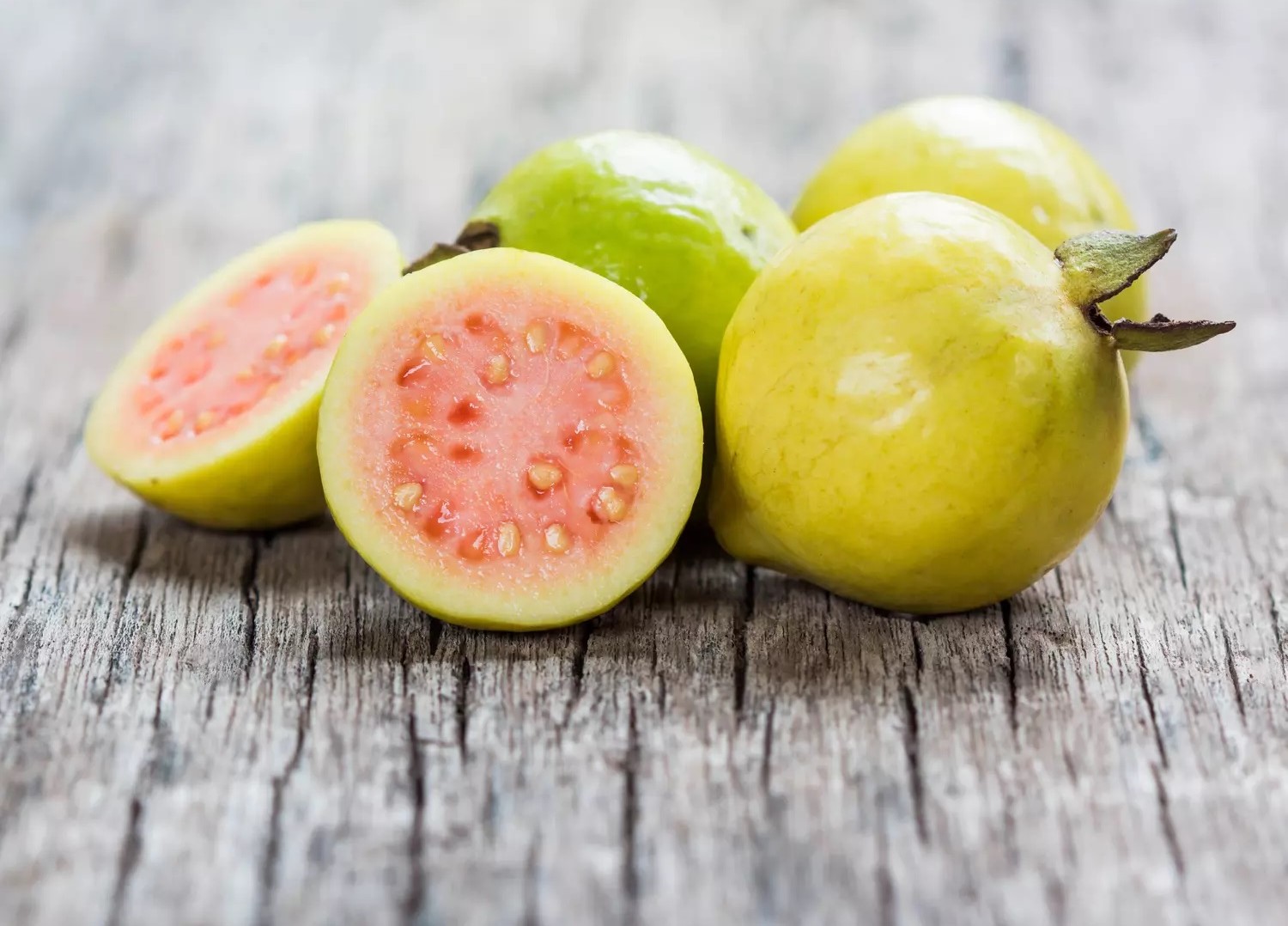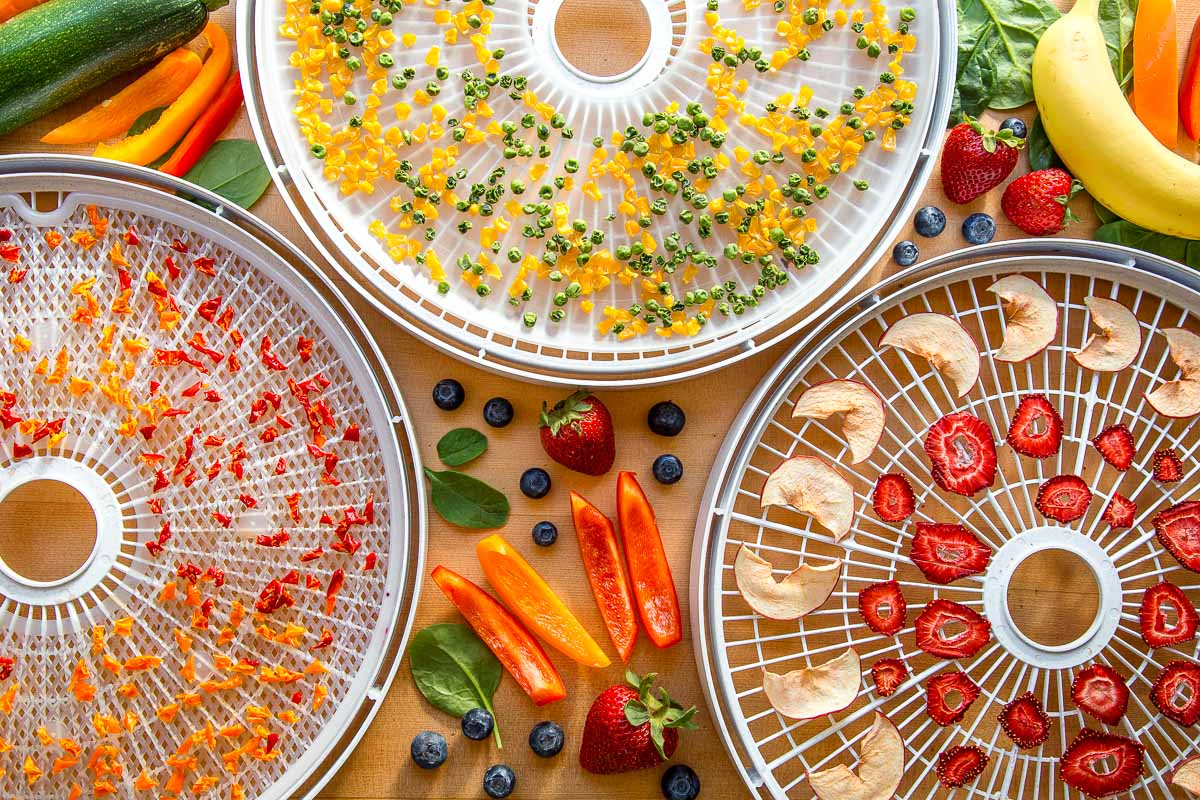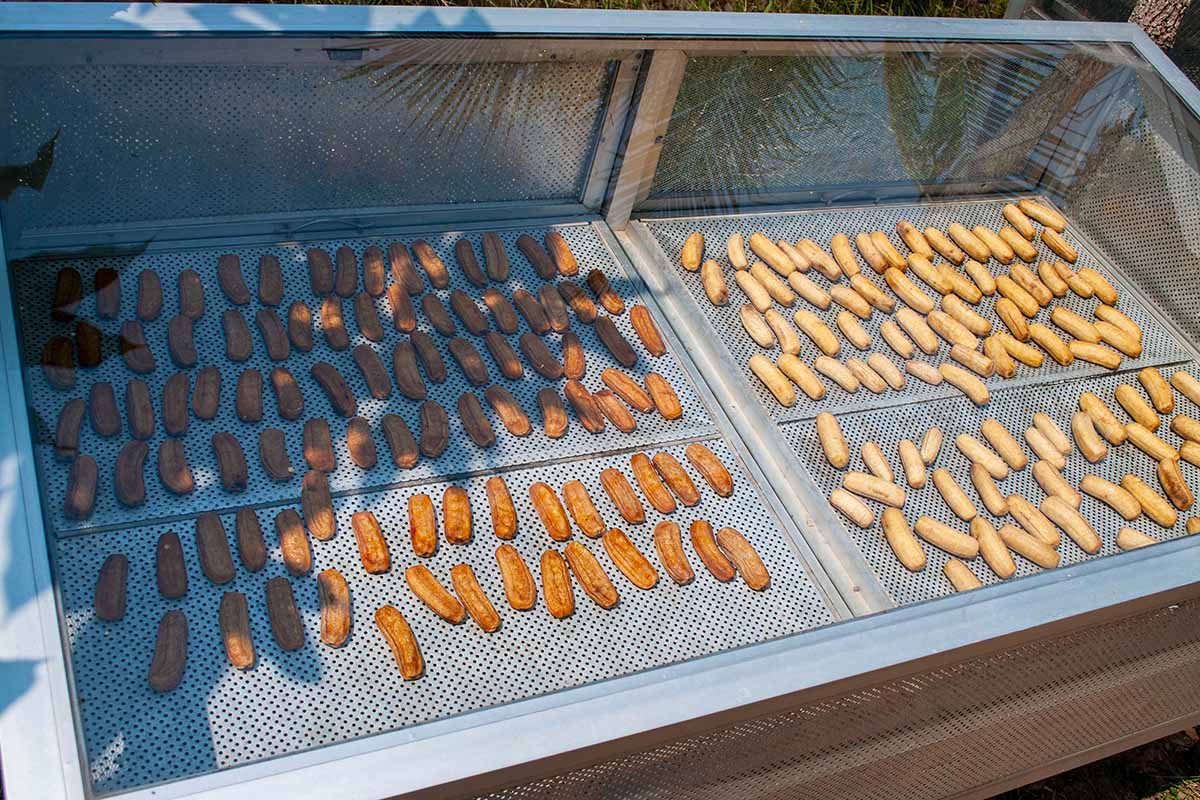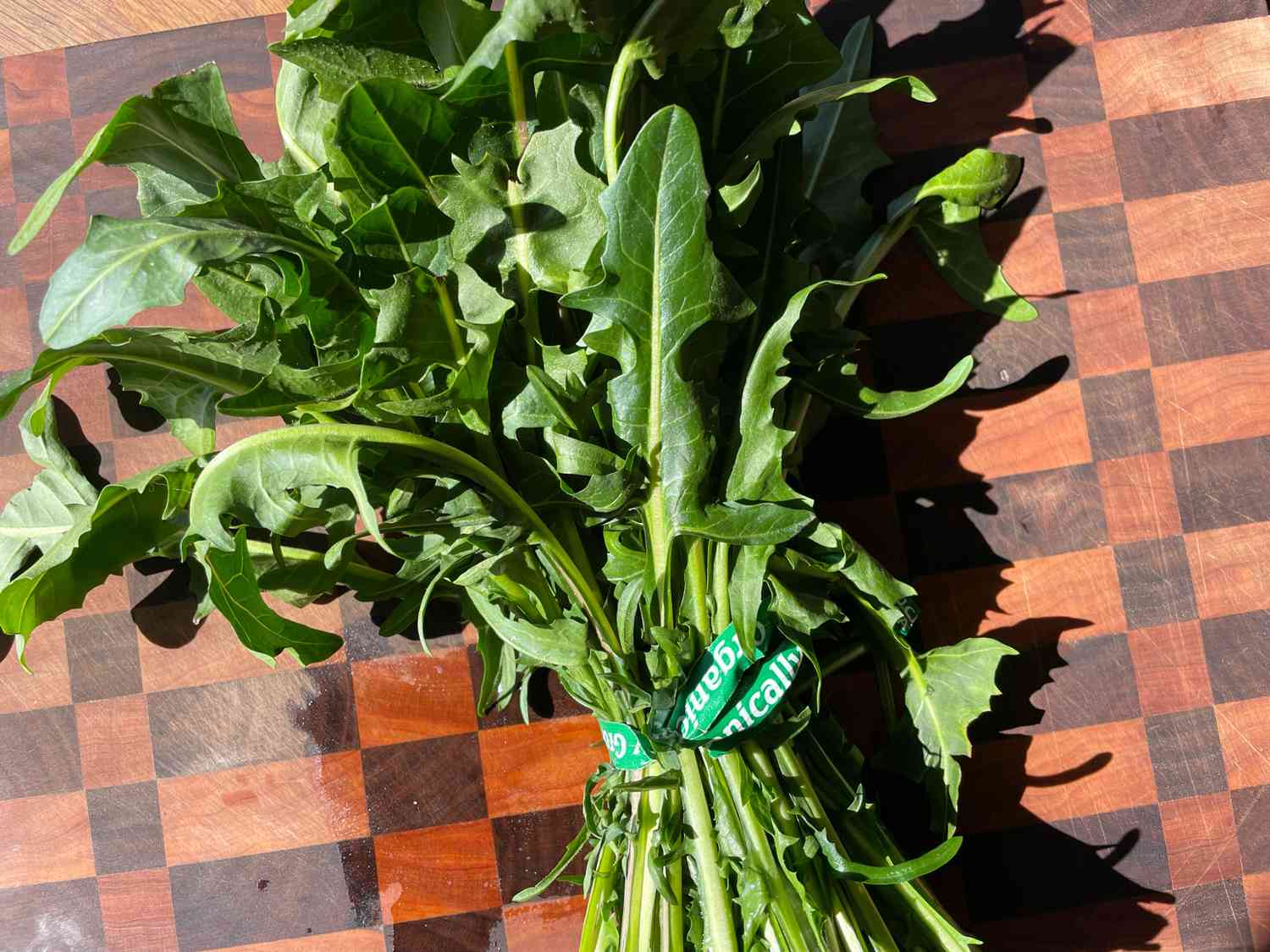Dehydrating Vegetables: A Beginner’s Guide
Welcome to the wonderful world of dehydrating vegetables! Dehydrating vegetables is a fantastic way to preserve your favorite veggies so that you can enjoy them for months to come. Whether you’re a seasoned pro or a beginner, this guide will walk you through the process of dehydrating vegetables in a dehydrator.
Why Dehydrate Vegetables?
Dehydrating vegetables is a great way to extend their shelf life while retaining their nutritional value. It’s also a convenient way to have vegetables on hand for snacks, soups, stews, and other dishes. Plus, dehydrated vegetables are lightweight and take up minimal space, making them perfect for camping trips and emergency food supplies.
Choosing the Right Vegetables
Not all vegetables are created equal when it comes to dehydrating. Some vegetables dehydrate better than others, so it’s important to choose the right ones for the best results. Here are some vegetables that dehydrate well:
- Carrots: Carrots dehydrate well and make a tasty, crunchy snack.
- Tomatoes: Dehydrated tomatoes are perfect for adding flavor to soups and sauces.
- Peppers: Bell peppers, chili peppers, and other varieties dehydrate beautifully and can be used in a variety of dishes.
- Zucchini: Dehydrated zucchini can be rehydrated and used in soups and casseroles.
- Onions: Dehydrated onions are a convenient way to have onions on hand for cooking.
Preparing the Vegetables
Before you start dehydrating, it’s important to properly prepare your vegetables. Here are the basic steps to prepare vegetables for dehydration:
- Wash and dry: Thoroughly wash the vegetables to remove any dirt or debris. Pat them dry with a clean towel.
- Cut into uniform pieces: For even drying, cut the vegetables into uniform pieces. Slices or cubes work well for most vegetables.
- Blanch (optional): Some vegetables benefit from blanching before dehydrating. Blanching helps to preserve the color, flavor, and nutrients of the vegetables.
Dehydrating the Vegetables
Now that your vegetables are prepped and ready to go, it’s time to start dehydrating. Follow these steps to dehydrate your vegetables in a dehydrator:
- Arrange on the trays: Place the prepared vegetables in a single layer on the dehydrator trays, making sure to leave space between each piece for air circulation.
- Set the temperature: Different vegetables require different temperatures for dehydration. Refer to the dehydrator’s manual or a reliable resource for the recommended temperature settings for the specific vegetables you are dehydrating.
- Monitor the progress: Check the vegetables periodically to monitor their progress. Depending on the vegetable and the dehydrator, the process can take anywhere from a few hours to a day or more.
- Test for dryness: To test if the vegetables are fully dehydrated, remove a piece and allow it to cool. It should be dry and leathery with no moisture in the center.
Storing Dehydrated Vegetables
Once your vegetables are fully dehydrated, it’s important to store them properly to maintain their quality. Here are some tips for storing dehydrated vegetables:
- Cool completely: Allow the dehydrated vegetables to cool completely before storing them.
- Use airtight containers: Store the dehydrated vegetables in airtight containers such as glass jars or vacuum-sealed bags to prevent moisture and air from getting in.
- Store in a cool, dark place: Keep the containers of dehydrated vegetables in a cool, dark place away from direct sunlight and heat.
- Label and date: Don’t forget to label the containers with the type of vegetable and the date of dehydration for easy identification.
Using Dehydrated Vegetables
Now that you have a stash of dehydrated vegetables, you’re probably wondering how to use them. Here are some ideas for using dehydrated vegetables:
- Snacks: Enjoy dehydrated vegetables as a crunchy and nutritious snack on their own or mixed with nuts and seeds.
- Soups and stews: Add dehydrated vegetables directly to soups, stews, and casseroles for an instant burst of flavor and nutrition.
- Trail mix: Create your own custom trail mix by combining dehydrated vegetables with dried fruits, nuts, and seeds.
- Rehydrate for use: To rehydrate dehydrated vegetables, simply soak them in water for a few minutes before using them in recipes.
Dehydrating vegetables in a dehydrator is a simple and rewarding way to preserve and enjoy your favorite veggies. With the right techniques and a bit of patience, you can create a stockpile of dehydrated vegetables to enhance your meals and snacks. So, grab your dehydrator and start dehydrating those veggies!
For anyone keen on trying out new ways to use dehydrated vegetables, there are several recipes that stand out. Dehydrated Vegetable Soup is a great starting point for its simplicity and flavor. For a heartier meal, the Dehydrated Vegetable Stew offers a rich and comforting option. If you're in the mood for a crunchy snack, Dehydrated Vegetable Chips are both healthy and delicious. For a versatile and quick meal, the Dehydrated Vegetable Frittata can be a delightful breakfast or brunch option. Finally, Rehydrated Vegetable Stir Fry provides an excellent way to enjoy rehydrated veggies in a flavorful and quick dish. These recipes allow readers to explore different textures and tastes while making the most of their dehydrated vegetables.
Was this page helpful?
Read Next: How To Dehydrate Food For Dog Treats

